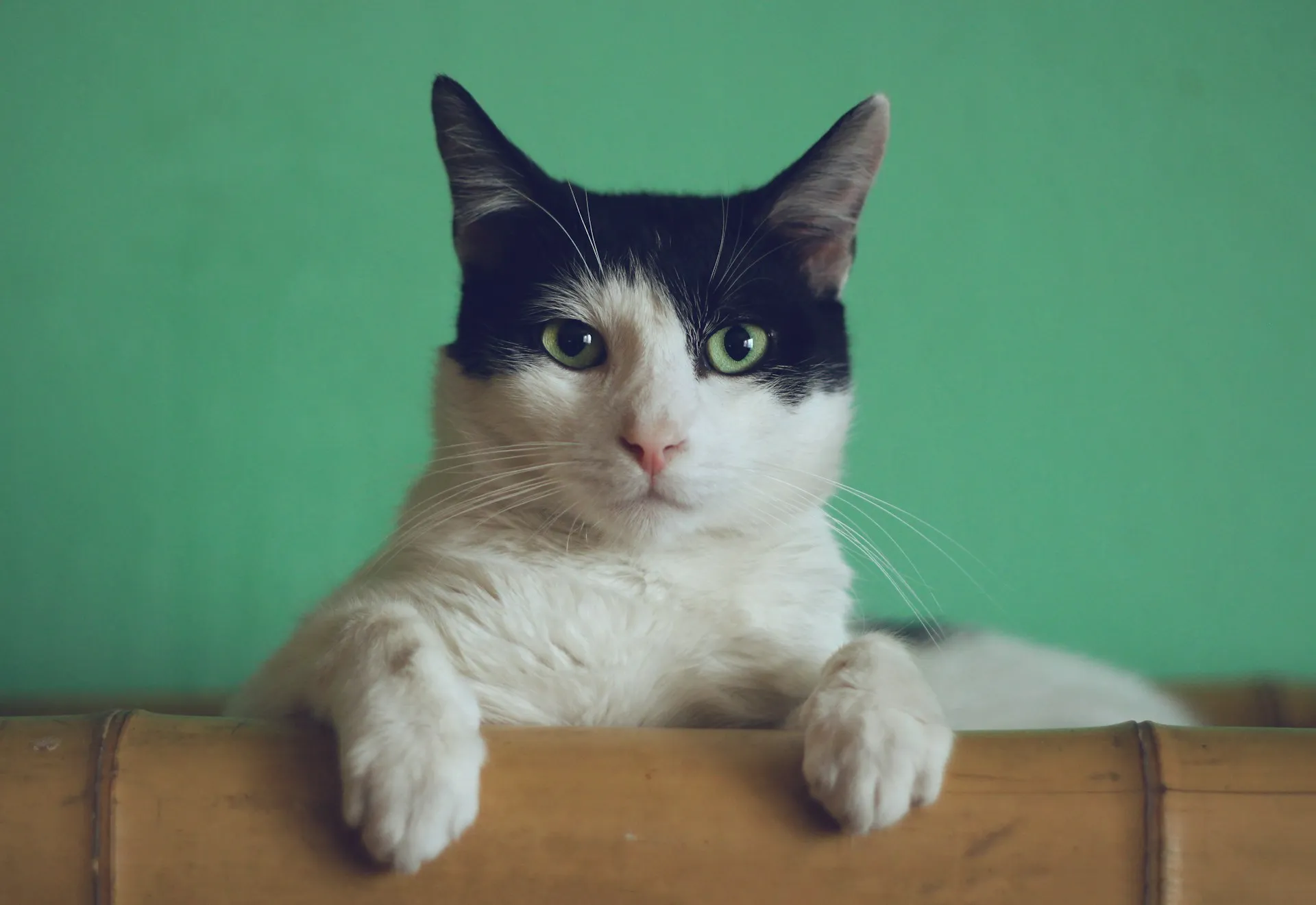Are you curious about which feline breeds can outpace the rest, or perhaps which ones prefer a leisurely saunter over a sprint? Just like their canine counterparts, cats come in a variety of speeds and temperaments. In this article, we’ll take a closer look at the top 10 fastest and slowest cat breeds, from the swift sprinters to the laid-back loungers.
Zooming to the Top: Top 5 Fastest Cats
1. Egyptian Mau (H1)
Hailing from ancient Egypt, the Egyptian Mau holds the title for the fastest domestic cat breed. With their sleek bodies and muscular build, these felines can reach speeds of up to 30 miles per hour, making them the Usain Bolt of the cat world.
2. Abyssinian (H2)
Known for their playful and curious nature, Abyssinian cats are also quick on their paws. With their agile bodies and boundless energy, these felines can zoom around the house at speeds of up to 25 miles per hour, leaving a blur in their wake.
3. Bengal (H2)
With their wild looks and athletic prowess, Bengal cats are no strangers to speed. Descended from the Asian leopard cat, these hybrids can reach speeds of up to 20 miles per hour, making them excellent hunters and agile climbers.
4. Siamese (H2)
Renowned for their striking blue eyes and vocal nature, Siamese cats are also surprisingly fast. With their slender bodies and lithe muscles, these felines can dart around the room at speeds of up to 20 miles per hour, effortlessly chasing after toys and exploring their surroundings.
5. Savannah (H2)
A relatively new breed resulting from the cross between a domestic cat and a serval, the Savannah cat inherits its wild ancestor’s athleticism. With their long legs and athletic build, these felines can reach speeds of up to 20 miles per hour, making them both elegant and speedy.
Taking It Slow: Top 5 Slowest Cats
1. Persian (H1)
With their luxurious coats and serene demeanor, Persian cats are the epitome of leisure. These laid-back felines prefer lounging on the sofa to sprinting around the house, making them perfect companions for relaxed environments.
2. Ragdoll (H2)
True to their name, Ragdoll cats are as docile as, well, a ragdoll. Known for their gentle and affectionate nature, these felines enjoy being cradled in their owner’s arms rather than chasing after toys. While they may enjoy the occasional burst of energy, Ragdolls are generally content to take life at a leisurely pace.
3. British Shorthair (H2)
With their round faces and chunky bodies, British Shorthair cats exude an air of tranquility. These easygoing felines prefer lounging in sunny spots and watching the world go by, making them ideal companions for quiet households.
4. Scottish Fold (H2)
Named for their unique folded ears, Scottish Fold cats are known for their sweet and gentle temperament. While they may enjoy playing with toys and interacting with their owners, these felines are not known for their speed, preferring to take life at a leisurely pace.
5. Exotic Shorthair (H2)
With their squashed faces and plush coats, Exotic Shorthair cats are often described as “teddy bear” cats. While they may look cuddly, these felines are more inclined towards lounging than running, making them perfect companions for cozy nights in.
Conclusion
From the swift Egyptian Mau to the leisurely Persian, the world of cats offers a diverse array of breeds, each with its own unique characteristics and charms. Whether you’re seeking a playful sprinter or a laid-back lounger, there’s a cat out there for everyone. So whether your feline friend prefers to zoom around the house or curl up in your lap, cherish every moment spent together, for the bond between human and cat is truly special.
FAQs
1. Are fast cats more high-strung than slow cats?
Not necessarily. While some fast breeds may have higher energy levels and require more mental stimulation, each cat is an individual with its own personality. Slow cats can be just as playful and affectionate as their speedy counterparts—it’s all about finding the right match for your lifestyle and preferences.
2. Can slow cats participate in agility competitions?
While agility competitions are typically geared towards faster and more agile breeds, there are some events specifically designed for slower and more laid-back cats, such as cat shows and breed-specific competitions. These events focus more on temperament and breed standards rather than speed and athleticism.
3. Do fast cats require more exercise than slow cats?
Fast cats may have higher energy levels and require more opportunities for play and exercise to keep them mentally and physically stimulated. However, it’s essential to provide enrichment and stimulation for all cats, regardless of their speed or activity level, to ensure their health and well-being.
4. Are slow cats less intelligent than fast cats?
Intelligence is not solely determined by speed. While some breeds may be more quick-witted or adept at learning certain tasks, all cats are intelligent in their own right and excel in different areas. Slow cats can be just as smart and trainable as their faster counterparts—it’s all about finding the right training methods that cater to their individual strengths and abilities.
5. How can I determine if a cat is the right fit for my lifestyle?
Before bringing a cat into your home, consider factors such as energy level, grooming needs, temperament, and compatibility with other pets or family members. Research different breeds and spend time getting to know individual cats to find one that aligns with your lifestyle and preferences. And don’t forget to consider adopting from shelters or rescues, where you can find cats of all shapes, sizes, and speeds waiting for their forever homes.
